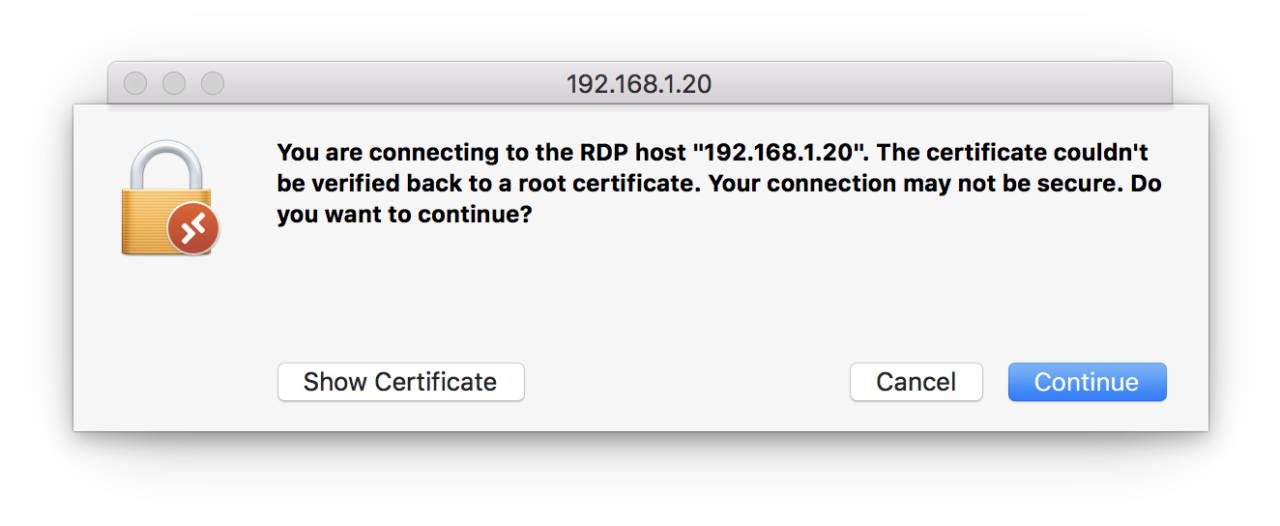Offers you the possibility to quickly connect to a Windows-based computer in order to work with its programs and files, access data and more
Download this app from Microsoft Store for Windows 10, Windows 8.1, Windows 10 Mobile, Windows Phone 8.1, Windows 10 Team (Surface Hub), HoloLens. See screenshots, read the latest customer reviews, and compare ratings for Microsoft Remote Desktop. This is the last release that will be compatible with macOS version 10.13. If you're interested in trying out the latest pre-release builds of the macOS client, you can install beta updates from the Microsoft Remote Desktop Beta. Updates for version 10.5.1. Date published: 1/29/2021. It's time for our first release of the year! Microsoft does have direct download links for their App Store distributed software, however they appear to be hidden for some reason or another. There’s a useful website macadmins.software which lists the direct download links for many of these apps. This includes Remote Desktop 10 for Mac, which can be downloaded using this official.
Microsoft Remote Desktop is a small yet very useful utility that allows you to remotely connect to Windows workstations from your Mac. Remote connect to Windows computers All your remote connections will have to be managed via the Microsoft Remote Desktop main window: you can save different configurations and then connect to various machines. Microsoft Remote Desktop (Mac) See also: Remote Desktop Connection (Windows) Microsoft Remote Desktop is an application that allows you to connect remotely to other PCs in other locations that are turned on and connected to the Middlebury network.
What's new in Microsoft Remote Desktop 10.6.3:
- In this release we fixed a bug that was causing the client to return a 0x507 error code.
- In addition, we enabled the following features on Apple Silicon:
Being able to access computers from a remote location helps you avoid a lot of hustle: you can offer support, access data stored on the target computer and more.
Microsoft Remote Desktop is a small yet very useful utility that allows you to remotely connect to Windows workstations from your Mac.
Remote connect to Windows computers
All your remote connections will have to be managed via the Microsoft Remote Desktop main window: you can save different configurations and then connect to various machines through a simple mouse click.
To get started, press the “New” button placed on the top window toolbar and start configuring the connection by providing a friendly name for the target computer, the PC name (host name or IP address), the gateway (you can set it up in the Preferences), the credentials required, and adjust details about the resolution and screen mode.
Prepare your computer for a remote connection
Take into account that the target PC must be able to accept remote connection: there are certain settings that must be performed on the Windows computer beforehand. To learn more about that, you can read the online support documentation provided by Microsoft.
When you configure a connection, Microsoft Remote Desktop enables you to decide what resolution should be used, the color quality, the full screen mode, if you want to start the session in full screen, if you will use all monitors, or if the content should be scaled.
Moreover, you can choose to play the sound on device, on the remote PC, or not at all, to connect to admin sessions, to forward printing devices, to swap mouse buttons, or to enable folder redirection.
Establish remote connections with Windows PCs
Microsoft Remote Desktop provides a simple and intuitive solution for quickly setting up remote connections between your Mac and various Windows machines. This is extremely useful if you need to access data stored on Windows computers, if you want to make real time presentations, and more.
Filed under
Microsoft Remote Desktop was reviewed by Sergiu GatlanMicrosoft Remote Desktop 10.6.3
add to watchlist send us an update
send us an update
- runs on:
- macOS 10.14 or later (Universal Binary)
- file size:
- 51.8 MB
- filename:
- Microsoft_Remote_Desktop_10.6.3_installer.pkg
- main category:
- Utilities
- developer:
- visit homepage

top alternatives FREE
top alternatives PAID
INTRODUCTION
Microsoft has released security bulletin MS09-044. This security bulletin contains all the relevant information about the security updates for Microsoft Remote Desktop Connection Client for Mac. To view the complete security bulletin, visit the following Microsoft Web site:
Update details
Microsoft Remote Desktop Mac Error Code 0x204
Remote Desktop Connection Client for Mac 2.0.1 lets you connect from your Macintosh computer to a Windows-based computer or to multiple Windows-based computers at the same time. After you have connected, you can work with applications and files on the Windows-based computer.
Improvements that are included in the update
This update improves security. It includes fixes for vulnerabilities that an attacker can use to overwrite the contents of your computer's memory with malicious code.
How to obtain this release
The following file is available for download from the Microsoft Download Center:
Download the Remote Desktop Connection Client for Mac 2.0.1 package now.
Release Date: August 11, 2009
For more information about how to download Microsoft support files, click the following article number to view the article in the Microsoft Knowledge Base:
119591 How to obtain Microsoft support files from online services
Microsoft scanned this file for viruses. Microsoft used the most current virus-detection software that was available on the date that the file was posted. The file is stored on security-enhanced servers that help prevent any unauthorized changes to the file.
File list
Macos Remote Desktop
For a complete list of the files, double-click the installer, and then on the File menu, click Show Files.
